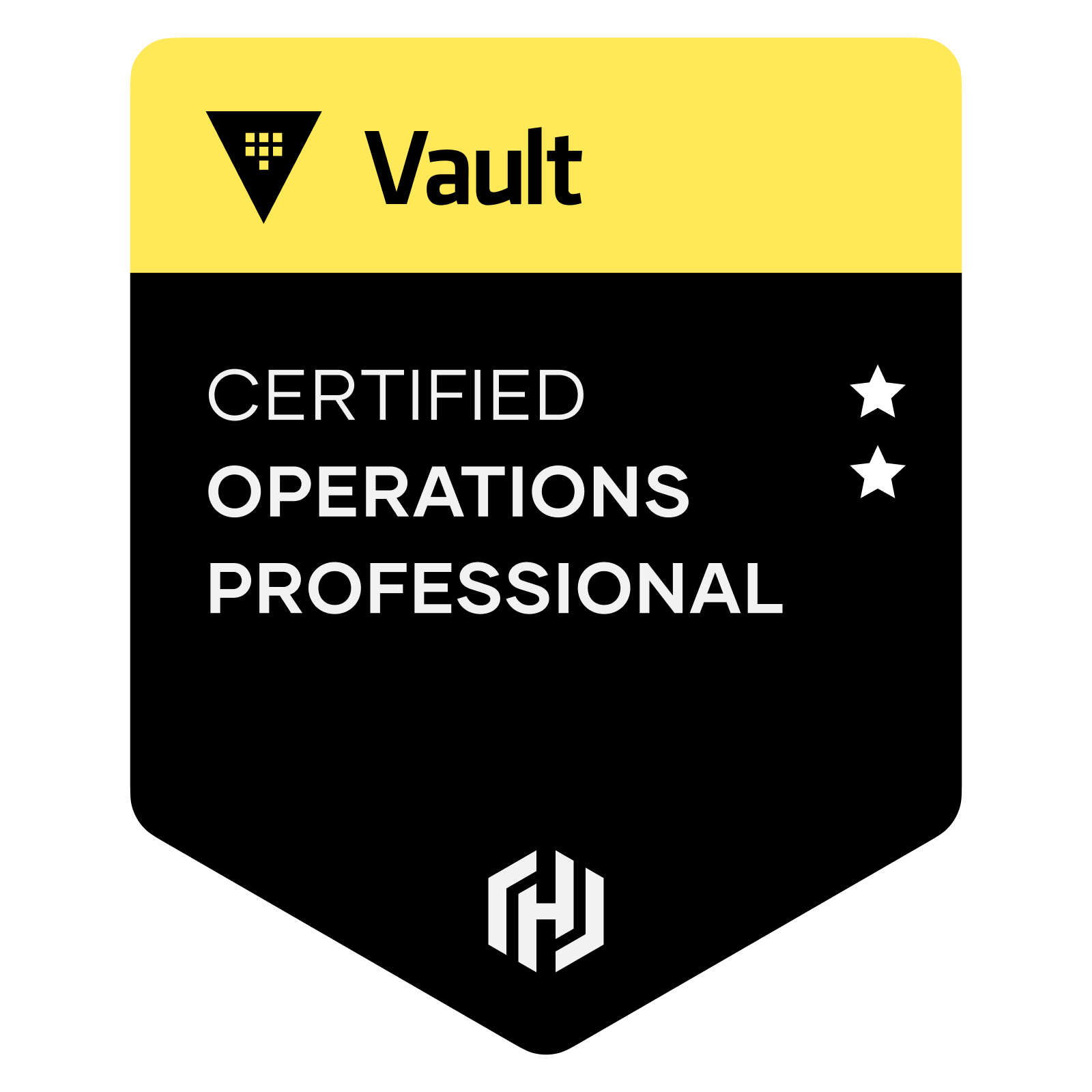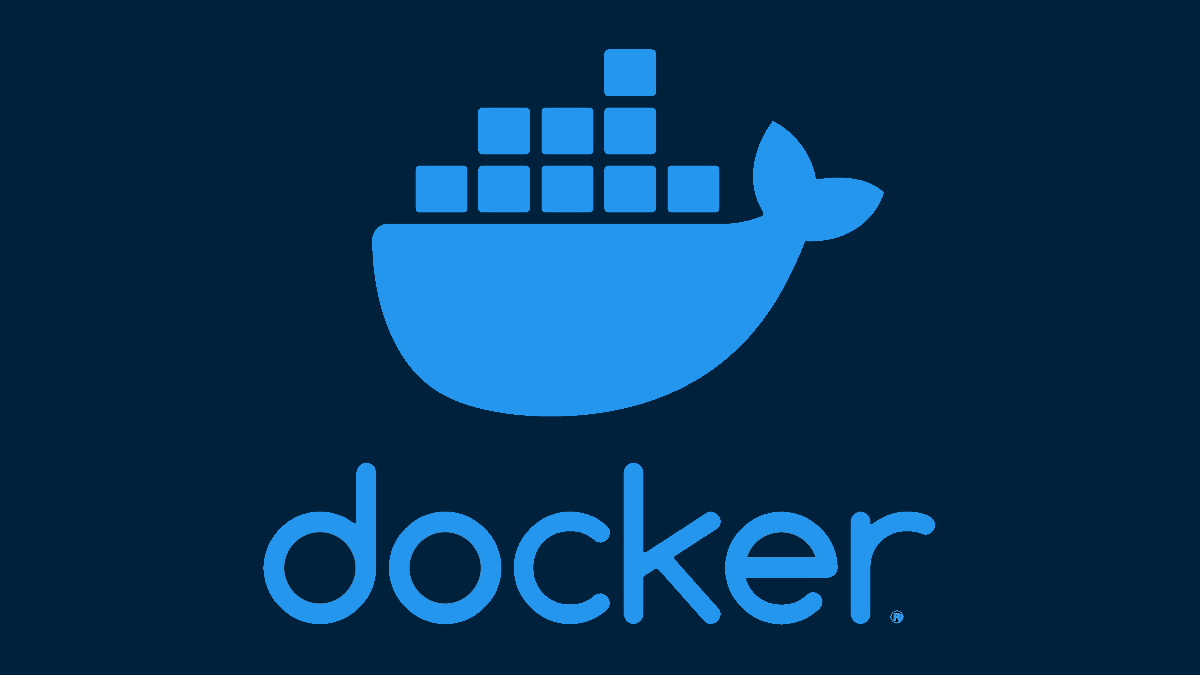Description
HashiCorp Certified: Vault Operations
The Vault Operations Professional exam is designed for Cloud Engineers specializing in deploying, configuring, managing, and monitoring HashiCorp Vault. Well-qualified candidates hold the Vault Associate Certification (or possess equivalent knowledge). Moreover, they have extensive experience operating Vault in production environments. Additionally, they possess the ability to thoroughly evaluate Vault Enterprise functionality and use cases. Certification holders have demonstrated they possess the skills, knowledge, and competency required to perform the Vault operational tasks outlined in the objectives.
Prerequisites
Exam Details
- Assessment Type* Lab-based and multiple choice
- Format Online proctored
- Duration 4 hours; 15-minute break included
- Price USD 295
- plus locally applicable taxes and fees
- Includes free retake
- Language English
- Expiration 2 years
Assessment Type
This exam is primarily lab-based, in addition to a shorter multiple-choice section. During the lab scenarios, exam-takers will be tested on performing real-world Vault operational tasks on the command line. The Vault UI and API can also be used where applicable, and exam-takers will have access to the Vault and Vault API documentation.
Preparing for the Exam
Visit the Prepare for Vault Operations Pro Exam page on HashiCorp Learn to initiate your exam prep. Once there, you will find an overview, a study guide, and a review guide. The study guide includes valuable tips and example questions to aid your preparation. Additionally, the review guide provides a direct mapping of documentation and tutorials to study for each exam objective.
Exam Objectives
Create a working Vault server configuration given a scenario
- Enable and configure secret engines
- Practice production hardening
- Auto unseal Vault
- Implement integrated storage for open source and Enterprise Vault
- Enable and configure authentication methods
- Practice secure Vault initialization
- Regenerate a root token
- Rekey Vault and rotate encryption keys
Monitor a Vault environment
- Monitor and understand Vault telemetry
- Monitor and understand Vault audit logs
- Monitor and understand Vault operational logs
Employ the Vault security model
- Describe the secure introduction of Vault clients
- Describe the security implications of running Vault in Kubernetes
Build fault-tolerant Vault environments
- Configure a highly available (HA) cluster
- [Vault Enterprise] Enable and configure disaster recovery (DR) replication
- [Vault Enterprise] Promote a secondary cluster
Understand the hardware security module (HSM) integration
- [Vault Enterprise] Describe the benefits of auto unsealing with HSM
- [Vault Enterprise] Describe the benefits and use cases of seal wrap (PKCS#11)
Scale Vault for performance
- Use batch tokens
- [Vault Enterprise] Describe the use cases of performance standby nodes
- [Vault Enterprise] Enable and configure performance replication
- [Vault Enterprise] Create a path filter
Configure access control
- Interpret Vault identity entities and groups
- Write, deploy, and troubleshoot ACL policies
- [Vault Enterprise] Understand Sentinel policies
- [Vault Enterprise] Define control groups and describe their basic workflow
- [Vault Enterprise] Describe and interpret multi-tenancy with namespaces
Configure Vault Agent
- securely configure auto-auth and token sink
- Configure templating
TABLE OF CONTENTS
- Free Chapter
- Course Introduction
- Create a Working Vault Server Configuration Given a Scenario
- Monitor a Vault Environment
- Employ the Vault Security Model
- Build Fault-Tolerant Vault Environments
- Understand the Hardware Security Module (HSM) Integration
- Scale Vault for Performance
- Configure Access Control
- Configure Vault Agent
- Exam Experience and Expectations
For additional information regarding this training, please visit here.
Contact Locus IT support team for further training details.






